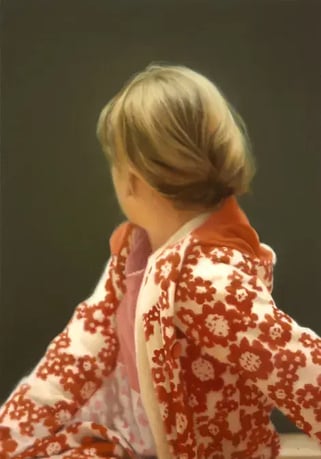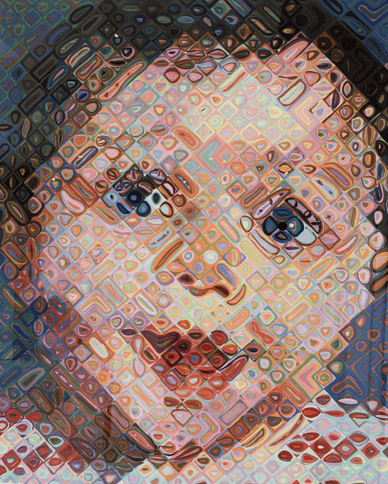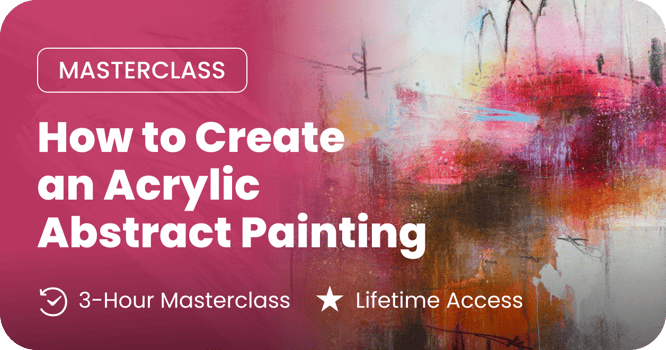Abstract Realism: Bridging Reality and Imagination
Abstract Realism combines the precision of realism with the emotional depth of abstraction, creating a unique art style that transforms the ordinary into something extraordinary. By blending detail with creativity, it invites artists to portray what they see while expressing how it feels, forming a bridge between reality and imagination.
What Is Abstract Realism?
Abstract Realism challenges the traditional divide between realism and abstraction, proving that art can harmoniously embody both. In this style, familiar subjects—like people, landscapes, or everyday objects—are rendered with a twist. Artists use bold colors, loose brushstrokes, and unconventional compositions to add emotional or imaginative layers to their work.
Unlike traditional realism, Abstract Realism is not about perfect replication. Instead, it incorporates abstraction to evoke mood, energy, or impressions, allowing artists the freedom to infuse their work with personal expression while keeping it anchored in recognizable forms.
Learn more about Abstract Realism and its impact on contemporary art from Tate.
Gerhard Richter’s Painting Betty, Photo Credit gerhard-richter.com
Famous Abstract Realist Artists
Two trailblazing artists who beautifully blended realism and abstraction are Gerhard Richter and Chuck Close. Their works showcase the dynamic possibilities of Abstract Realism.
- Gerhard Richter: Known for seamlessly moving between photorealism and abstraction, Richter’s work demonstrates the coexistence of these two approaches. In Betty (1988), he paints a hyperrealistic portrait of his daughter but adds a blurred effect, creating a dreamlike abstraction. His textured abstract paintings, such as Abstract Painting (1986), also highlight the fluid boundaries between reality and imagination. Explore more of Richter’s work on the Gerhard Richter Archive.
- Chuck Close: Renowned for his intricate portraits, Close ventured into abstraction by deconstructing realism. In Emma (2002), he used colorful grids and shapes to craft a portrait that appears realistic from afar but reveals abstract patterns up close. His innovative approach underscores the harmony between realism and abstraction. Read more about Close’s techniques in The New York Times Art Review.
Emma by Chuck Clos, Photo Credit https://www.carmel.dawsoncolefineart.com
The Harmony of Realism and Abstraction
Abstract Realism is about balance. Its realistic elements ground the artwork, making it relatable, while abstract techniques allow for emotional and creative freedom. This interplay can make a piece feel both structured and spontaneous.
For instance, an artist might create a realistic portrait but use expressive colors to depict the subject’s emotions. Similarly, a recognizable landscape might feature exaggerated textures or forms, transforming it into a vibrant reimagination of the natural world.
Why Abstract Realism Still Resonates
Abstract Realism captivates both artists and viewers by embracing complexity. It shows that art doesn’t have to fit into a single category—it can be layered, multifaceted, and emotionally rich.
Contemporary artists often use this style to explore personal narratives, cultural identities, and emotional landscapes. By merging realism and abstraction, they create works with layers of meaning that invite deeper engagement.
Discover how Abstract Realism continues to influence modern art practices on MoMA’s online collection.
Why You Should Try Abstract Realism
Abstract Realism is ideal for artists who want to merge technical precision with creative exploration. It encourages experimentation with color, composition, and form while building a solid foundation in realism.
At the Milan Art Institute, we guide students to explore Abstract Realism as a pathway to discover their artistic voice. This style not only hones technical skills but also pushes you to develop a deeper emotional connection with your work.
Whether you lean more toward realism or abstraction, Abstract Realism allows you to experiment and grow. It’s an opportunity to create art that feels both authentic and innovative.
Take the Leap into Abstract Realism
Art doesn’t need to be confined by rigid definitions. Abstract Realism encourages you to explore the world with fresh eyes and express yourself with creativity and boldness.
Are you ready to expand your artistic horizons and create works that resonate on every level? Join us at the Milan Art Institute and step into the exciting world of Abstract Realism. Let’s bridge the gap between reality and imagination together.
Start your journey today by exploring our comprehensive programs designed to nurture your unique artistic vision.
Why Milan Art Institute?
Your Path to Artistic Mastery Starts Here
At the Milan Art Institute, we blend passion with expertise to help you unlock your artistic potential. Our Mastery Program and online art classes are designed for artists at all levels, providing step-by-step guidance and personalized support from seasoned professionals. Whether you're looking to refine your skills, discover new techniques, or build your artistic career, our courses offer the tools and insights you need. Join our vibrant community and transform your art journey with tailored instruction and a supportive environment.

